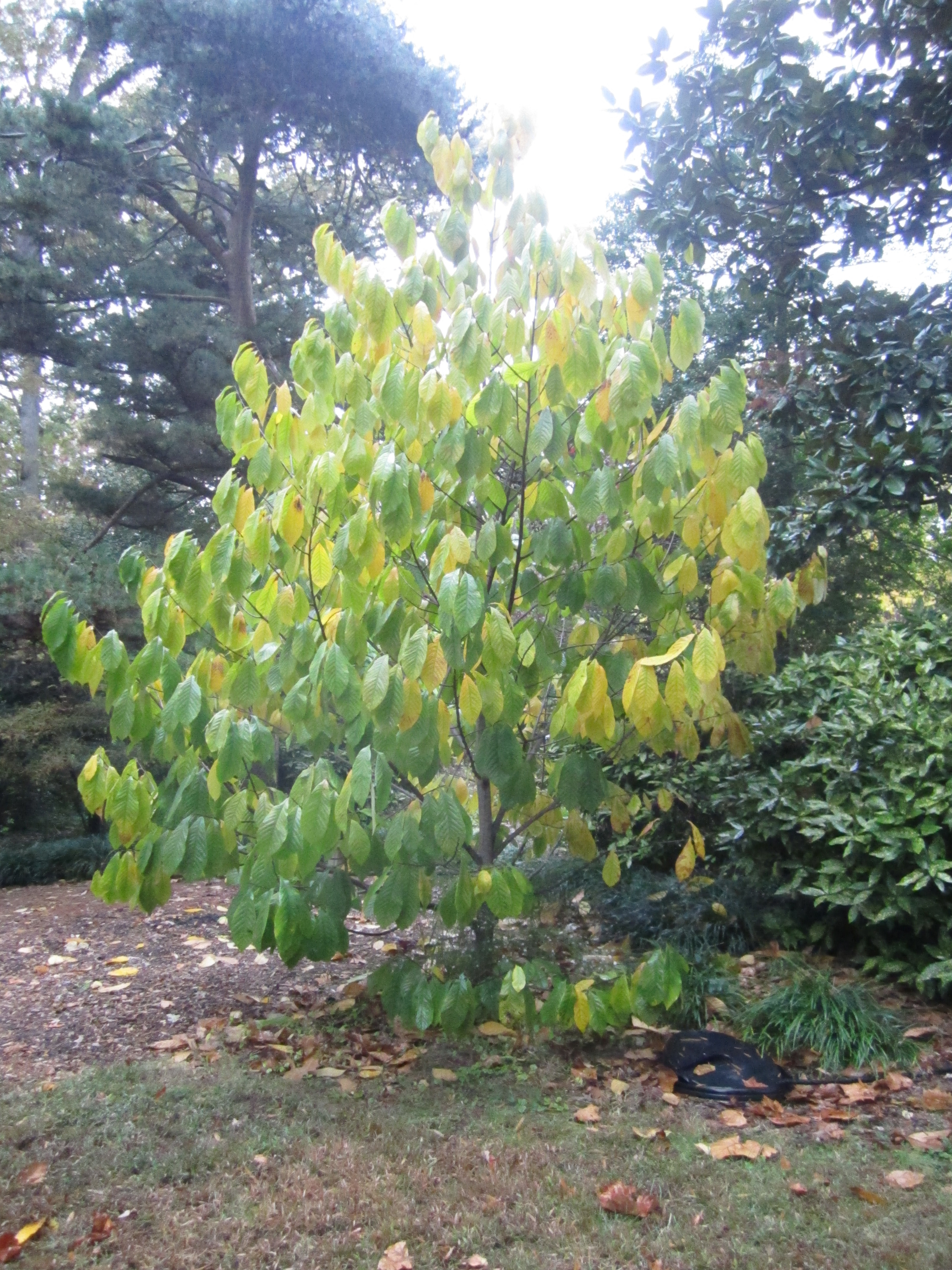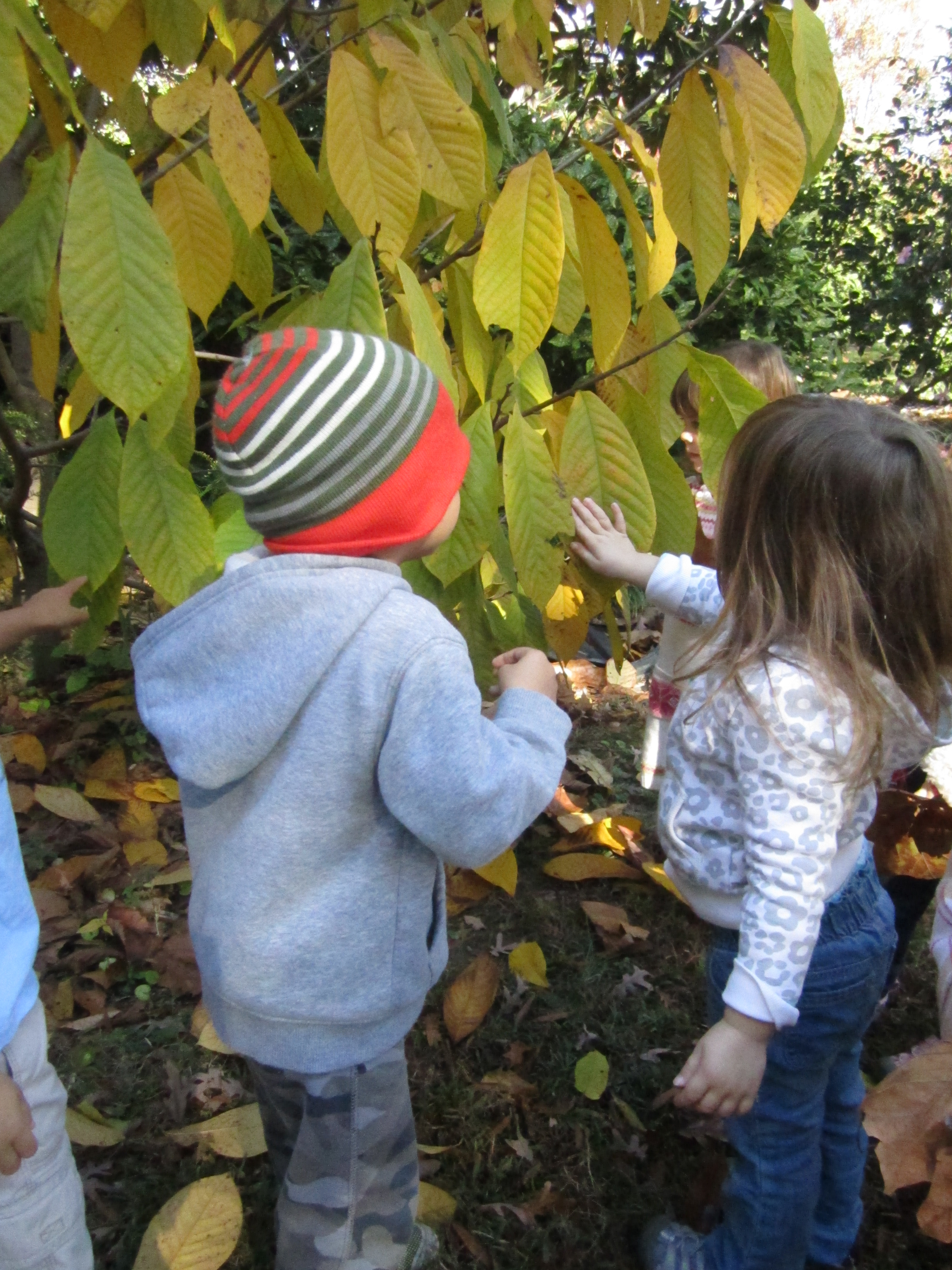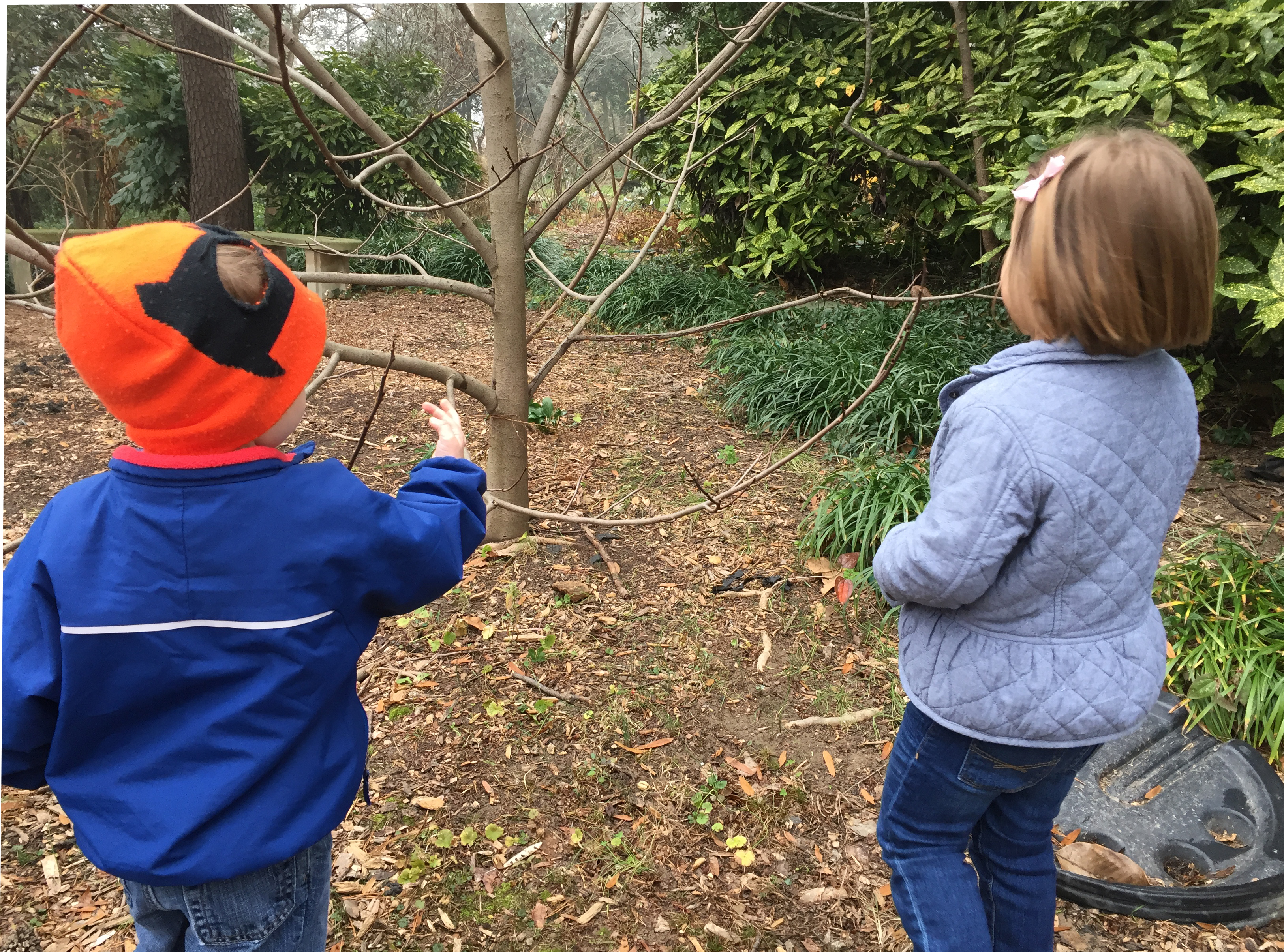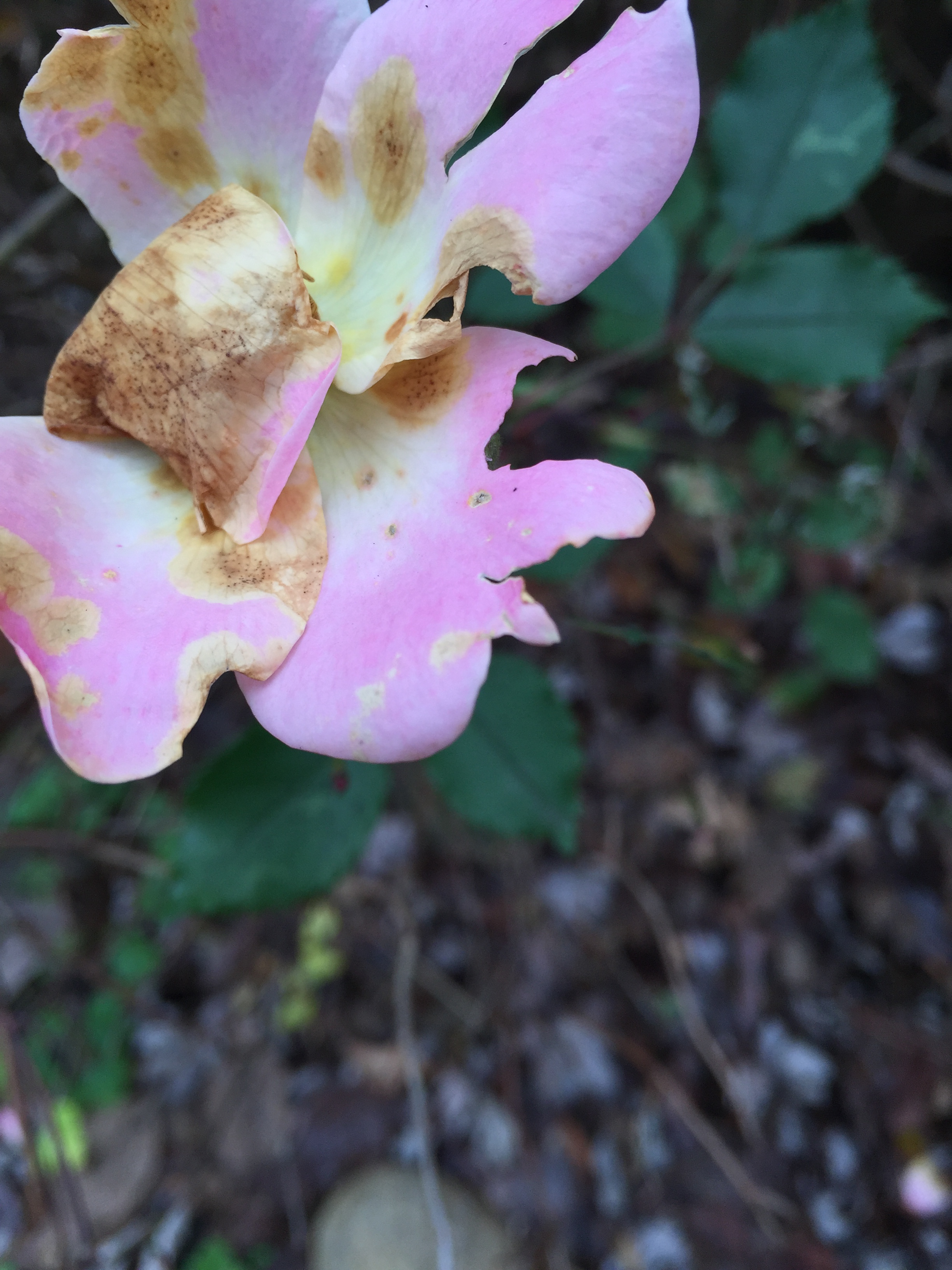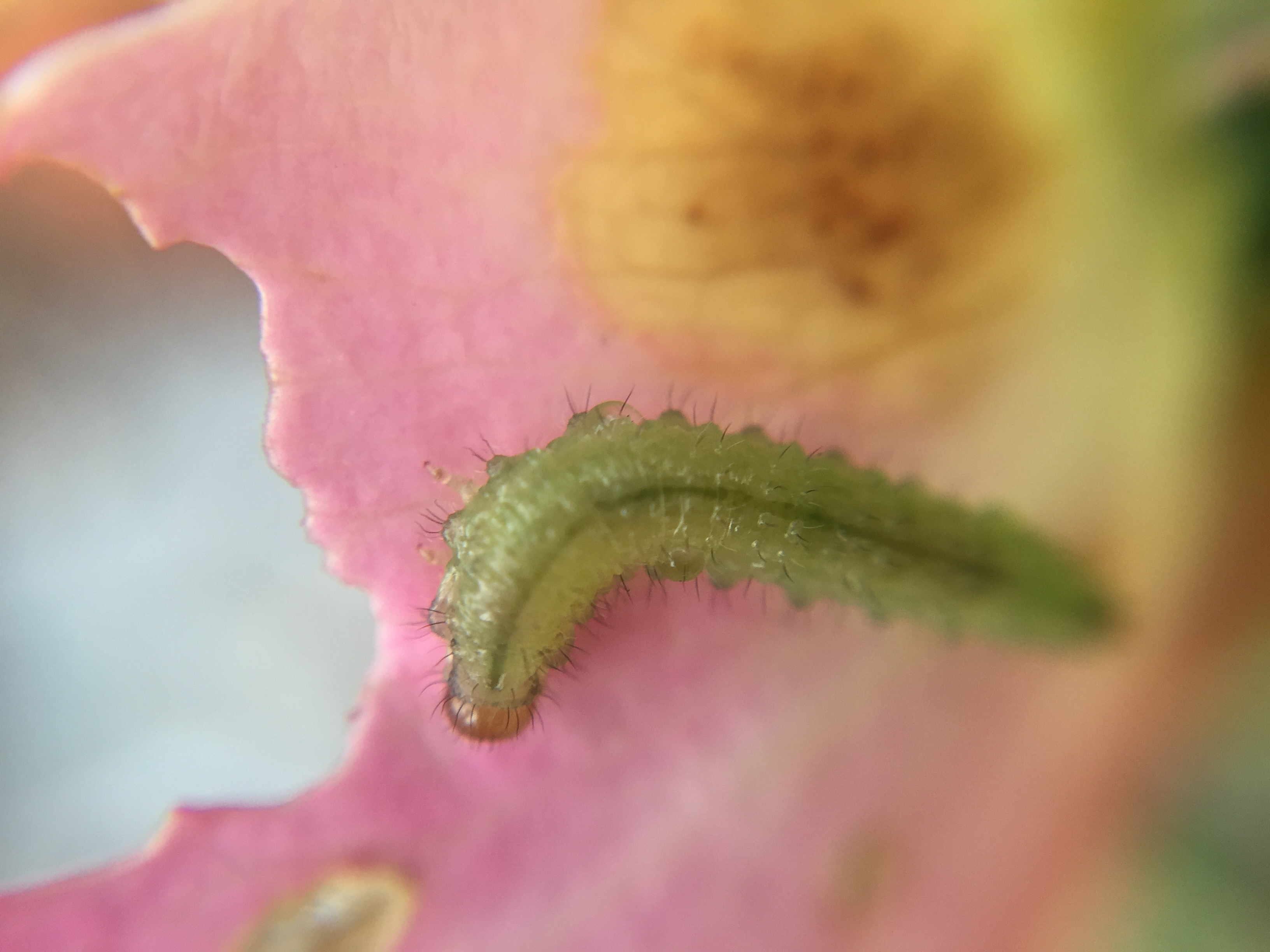A "Spring" in December
By Peggy Ashbrook
Posted on 2015-12-30

 The unusually warm December weather has brought out flowers in some of the plants that usually bloom in Spring in my area. Citizen scientists who participate in phrenology are documenting these observations. Phenology is an important subject to study, because it helps us understand the health of species and ecosystems.
The unusually warm December weather has brought out flowers in some of the plants that usually bloom in Spring in my area. Citizen scientists who participate in phrenology are documenting these observations. Phenology is an important subject to study, because it helps us understand the health of species and ecosystems.
Studying the timing of life cycle events in all living things, such as flower blooming or eggs hatching, is called phenology. The USA National Phenology Network describes it as “nature’s calendar—when cherry trees bloom, when a robin builds its nest and when leaves turn color in the fall.”
“Phenology is a key component of life on earth. Many birds time their nesting so that eggs hatch when insects are available to feed nestlings. In turn, insect emergence is often synchronized with leafing out in their host plants. For many people, allergy season starts when particular flowers bloom—earlier flowering means earlier allergies. Farmers and gardeners need to know when to plant to avoid frosts, and they need to know the schedule of plant and insect development to decide when to apply fertilizers and pesticides. Many interactions in nature depend on timing. In fact, phenology affects nearly all aspects of the environment, including the abundance, distribution, and diversity of organisms, ecosystem services, food webs, and the global cycles of water and carbon.”
Read about how children can participate and learn from phenology monitoring programs on the “Resources For K-4 Classroom Teachers” page from The USA National Phenology Network. It would be interesting for children to compare photographs of a particular tree or other plant from a particular day in previous years to the current year. My students have been observing a Paw Paw tree since October and I’ll save the photos for the 2’s and 3’s to look at next year.
Weather and environment experts, Nicholas Bond, Julia Kumari Drapkin, Richard Primack, and Noel Perry, talked with On Point‘s Tom Ashbrook (no relation that I know of) about the record high December 2015 temperatures.
The insects out in this warmer weather gave me subjects to photograph using a new 15x lens on my smart phone. I may use the lens to photograph objects children express interest in, but won’t let them handle it. I do let them use my digital camera because I learn what they are interested in as they document their observations.
- Who is eating this rose?
- A caterpillar on the underside!
- Details of a tiny insect (3mm) are revealed with a 15x lens/
I look forward to using the lens to photograph snowflakes!
Disclaimer: The views expressed in this blog post are those of the author(s) and do not necessarily reflect the official position of the National Science Teaching Association (NSTA).



